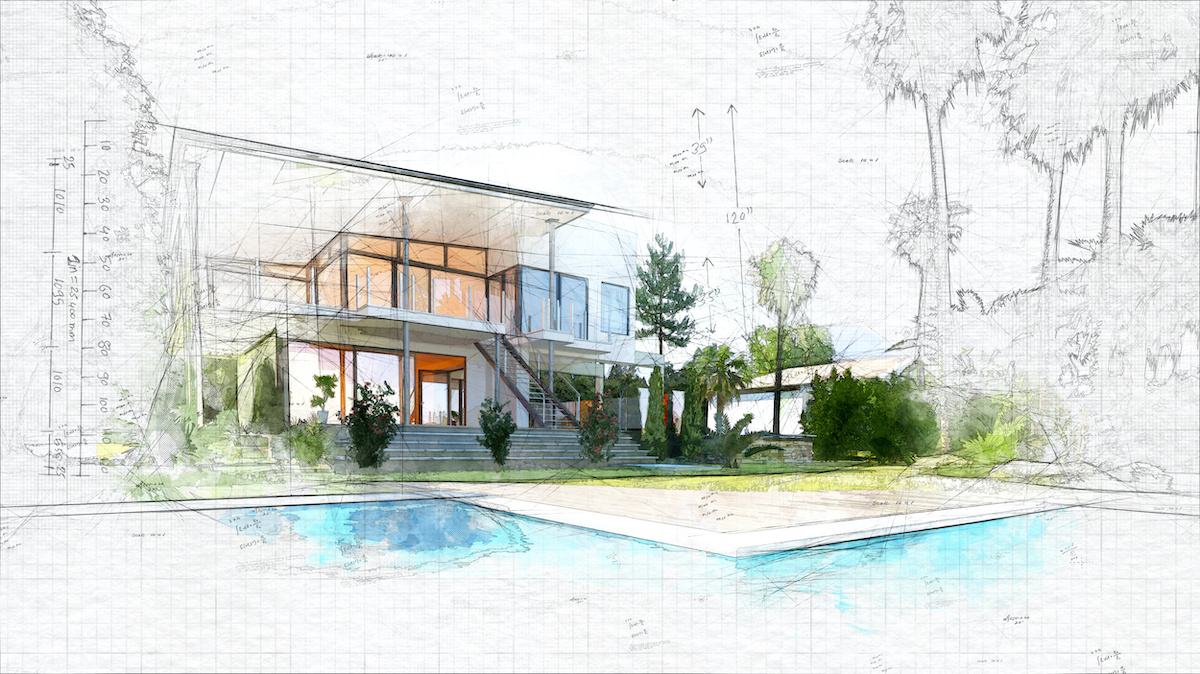Check Out Award-Winning Jobs by Renowned CDA Architects
Check Out Award-Winning Jobs by Renowned CDA Architects
Blog Article
Comprehending the Collaborative Process Between Architects and Designers in Modern Building And Construction Projects
The collaborative procedure in between engineers and designers is necessary in modern building jobs, as it integrates style intent with design feasibility. Exploring these characteristics discloses understandings that might substantially impact job results and total market requirements.
The Importance of Cooperation
The collaborative synergy in between engineers and designers is vital for the effective realization of any type of construction project. This collaboration brings together unique competence and point of views, enabling the combination of innovative design with sensible engineering options. By interacting, engineers and engineers can make certain that a task not just satisfies aesthetic and practical requirements however also adheres to safety, sustainability, and budgetary restrictions.
Collaboration promotes a shared vision, promoting the placement of objectives and assumptions from the start. This positioning is important in addressing possible obstacles and mitigating threats that could emerge during the project lifecycle. A collective method allows for the reliable allocation of resources, optimizing both time and cost.
The value of cooperation reaches the repetitive procedure of design and building and construction, where feedback from engineers can inform building choices, bring about even more feasible and sustainable styles. Alternatively, engineers can influence designers to believe artistically regarding just how to achieve structural integrity without endangering creative intent. Eventually, the collective relationship in between architects and engineers is not just beneficial; it is essential to the development of top notch, useful, and innovative built settings that fulfill the demands of society.
Interaction Strategies and Tools
Reliable communication strategies and tools are important for fostering cooperation between designers and engineers throughout the project lifecycle. Developing clear networks of communication is necessary to make certain that all staff member are aligned with job objectives, timelines, and duties. Regular meetings, both in-person and digital, provide chances for stakeholders to review progress, address worries, and make educated decisions.
Using task management software program, such as BIM (Building Info Modeling) systems, boosts collaboration by making it possible for real-time sharing of design adjustments and technological requirements. These devices help with transparency, enabling engineers and designers to visualize changes and evaluate their influence on the overall job.

Shared Objectives and Job Vision

Developing common goals entails open dialogue and a complete understanding of each discipline's contributions. Engineers generally concentrate on design intent, spatial connections, and customer experience, while engineers stress architectural honesty, systems capability, and compliance with regulations (cda architects). When these viewpoints are aligned, the result is a natural task that complies with both innovative desires and technical usefulness
Moreover, a well-defined job vision cultivates accountability among team members, urging each individual to take possession of their role in achieving the preferred outcome. Regular check-ins and collective workshops can additionally enhance this dedication, enabling adjustments to be made as the project develops. Eventually, a shared vision not only improves team effort however likewise raises the quality of the last deliverable, leading to successful project conclusion.
The Duty of Technology
Leveraging technology has actually ended up being essential in improving collaboration between engineers and engineers. The assimilation of advanced software program tools promotes real-time communication and details sharing, enabling groups to function much more successfully and efficiently. Structure Information Modeling (BIM) stands apart as a pivotal innovation, permitting both engineers and designers to produce comprehensive 3D models that envelop layout intent and architectural stability. This shared visual depiction decreases misconceptions and enhances the decision-making procedure.
In addition, cloud-based platforms enable seamless partnership, enabling project stakeholders to gain access to and update job data from anywhere. This promotes a society of openness and responsibility, as adjustments can be tracked and official statement assessed in real-time. In addition, mobile applications more boost interaction, giving on-site groups with prompt access to project specifications and updates.
Emerging technologies such as expert system and artificial intelligence are additionally starting to contribute in predictive evaluation, aiding groups determine best site possible concerns prior to they develop. Eventually, the role of technology in architecture-engineering collaboration not just enhances process efficiencies but additionally boosts advancement, resulting in more successful project end results. By accepting these technological advancements, engineers and designers can guarantee a more natural and efficient collaborative procedure throughout the building lifecycle.
Study in Successful Partnerships
Countless study show the extensive impact of effective collaborations between designers and engineers on task end results. One significant instance is the cooperation on the High Line in New York City, where landscape architects, engineers, and urban coordinators interacted to transform a deserted rail line into a vibrant public park. This multidisciplinary technique not only improved the visual top quality but likewise ensured architectural safety and environmental sustainability.
An additional exemplary situation is the design and building of the Sydney Opera House. The partnership in between architect JÃ ¸ rn Utzon and architectural designer Ove Arup exhibited innovative problem-solving. Their cooperation allowed for the famous shell-like layout while dealing with complicated design challenges, eventually bring about a timeless architectural masterpiece.
The Burj Khalifa in Dubai better shows the importance of collaborative efforts. cda architects. The assimilation of style and engineering know-how enabled the project team to accomplish unmatched elevations while sticking to safety and security regulations and aesthetic vision
These examples underscore the significance of interaction, trust, and shared objectives. In today's complex building atmosphere, such partnerships are necessary to browsing obstacles and supplying tasks that fulfill both useful and visionary objectives.
Verdict
In conclusion, the collaboration in between designers and engineers is crucial for the success of contemporary construction tasks. Efficient communication strategies, a shared project vision, and the assimilation of advanced innovations are critical elements that facilitate this collaboration.
Report this page